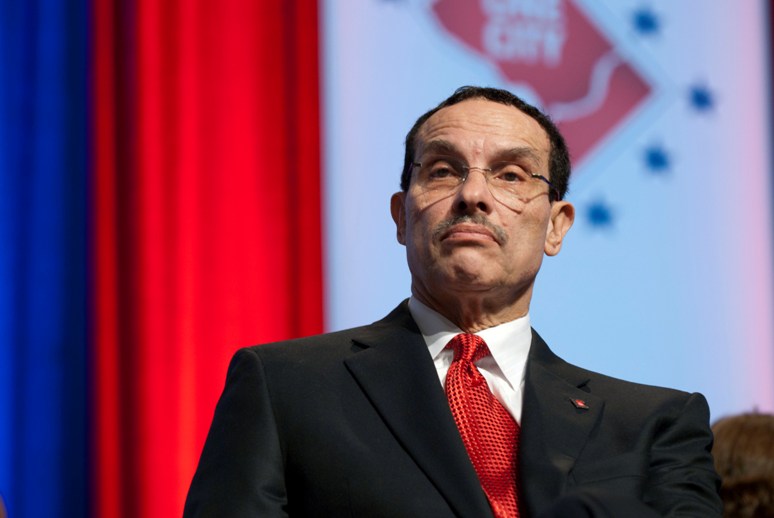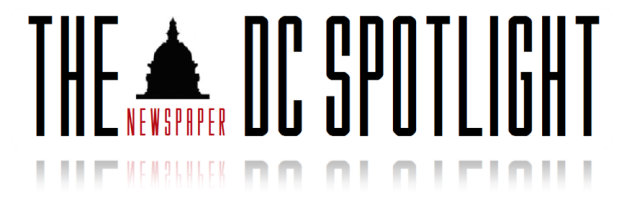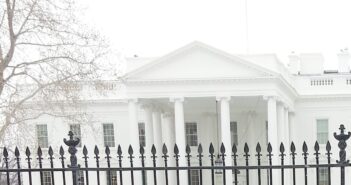 October 17, 2013
October 17, 2013
Dayna Blackwell
News Writer
Metro Link
A 35-page bill was approved by Congress on Wednesday, finally bringing to a close the partial government shutdown and preventing the US from defaulting on its debts.
The Washington region has undoubtedly weathered the most negative effects during the congressional tug of war. Countless federal workers were affected along with historical monuments, parks and other landmarks, which were closed to the public.
Employees at the Smithsonian Center were forced to find alternative childcare while the learning center was closed down. Protestors swarmed the area surrounding the World War II Memorial in the District following its closure.
In the final hours of deliberations, leaders of the region’s largest local governments: Washington, D.C. Mayor Vincent Gray, Prince George’s County Executive Rushern Baker, Fairfax County Executive Sharon Bulova and Montgomery County Executive Ike Leggett gathered at a press conference Wednesday to speak of the financial toll the shutdown has taken on the Washington region.
“I think, frankly, this sends such a poor message to our own nation and to the world in terms of how our nation is doing business,” Gray said. “People are just shaking their head. Is this the same United States of America we have known for decades and centuries, because it just doesn’t seem the same?”
Roughly 624,000 federal workers were furloughed throughout the region during the shutdown and reports indicate a loss of about $217 million a day between the District of Columbia, Maryland and Virginia due to lost and deferred wages to contractors and federal workers. Baker noted that his county lost $270,000 in income tax revenues per day, and according to Bulova, her county has been losing up to $150 million in income per day.
“People and businesses are unsure about the economy,” she said. “The inaction is killing us…What is happening in Congress is just irresponsible.”
The District itself experienced an economical loss of $44 million a week as well as a $6 million loss in tax revenue. Not to mention a severely depleted reserve budget that was used to keep many local city services operating during the shutdown.
In an ironic twist, bar activity and liquor taxes in DC did experience a significant increase. Although Mayor Gray said, “I won’t try to speculate why,” alcoholic beverage sales increased by 3 percent in the first week of October compared to the first week of September.


